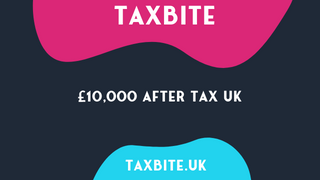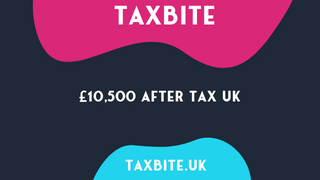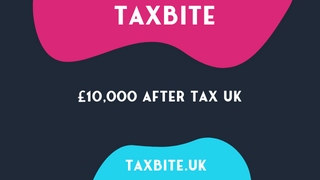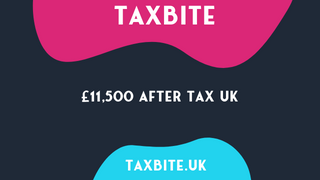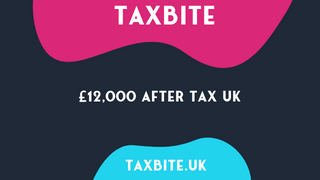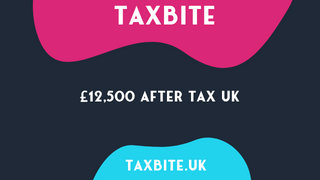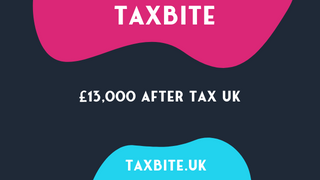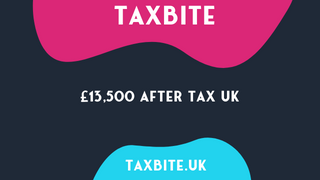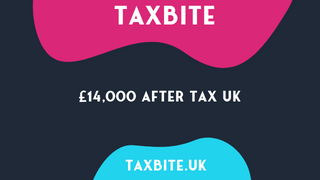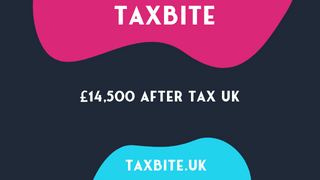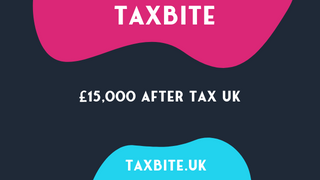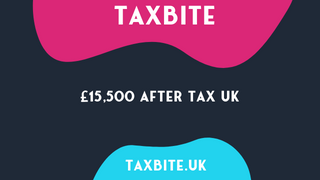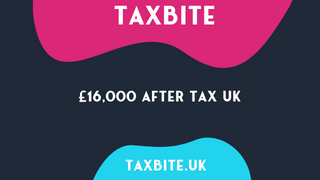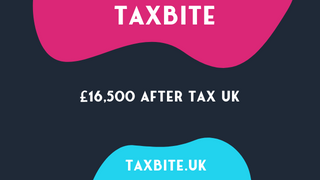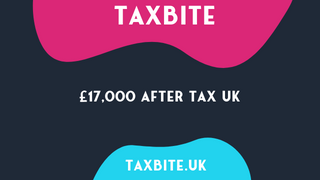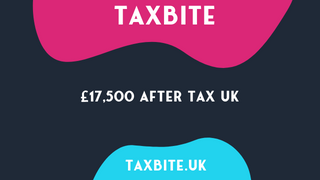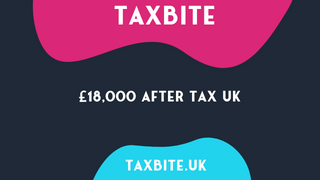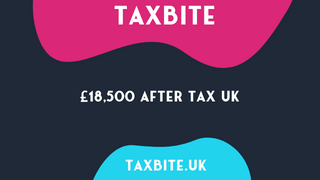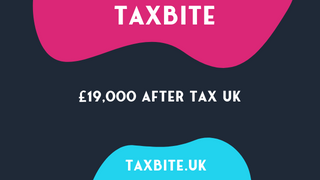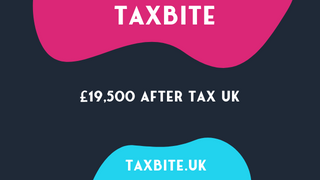Income tax can be a confusing topic for many people, with numerous jargon and numbers to understand. However, with the right information, you can easily comprehend income tax in the UK. In this section, we will explain:
By the end of this section, you’ll have a better understanding of income tax and be able to manage your finances with confidence.
Tax codes are essential in the UK. HM Revenue and Customs use them to figure out how much tax one must pay. It’s made up of letters and numbers that represent one’s personal allowance and other details.
Tax codes are useful to predict future earnings which is great for budgeting. For instance, if someone has a BR code, it indicates they are a basic rate taxpayer. They must pay 20% on any taxable income above their allowance.
Employers use the tax code to calculate the tax to deduct from pay. It’s important the code accurately reflects earnings and status. Any discrepancies could lead to wrong deductions.
Tax codes also show if someone is employed or self-employed and affect deductions. People must know their codes to avoid being over or undercharged. It can change from year to year.
Know your tax code! It helps you pay the right amount of income tax. It also gives info on earnings and employment status, enabling informed budgeting decisions and reducing tax calculation mistakes.
The Personal Allowance is something worth knowing about. It is the amount of taxable income that can be earned without being charged tax. Everyone eligible receives it.
For the upcoming tax year, the expected income limit is £12,570. This is based on the latest tax laws and regulations.
This allowance can reduce an individual’s taxable income. For example, if someone earns £30,000 and qualifies for a Personal Allowance of £12,570, the taxable income would be reduced to £17,430.
To get the full benefit of the Personal Allowance, the taxable income must not exceed £100,000. Above this threshold, the benefit reduces for every additional £2 earned. Also, from April 2023, individuals earning more than £125,140 won’t get any benefit.
In summary, it’s essential to know how much you can get with your Personal Allowance. It can really help with your take-home pay and tax liabilities.
Tax rates and bands can be confusing, but it is vital to understand them to manage your finances correctly. In this section, we will discuss the tax rates and bands for various income levels in 2023, based on factual data. We will also explain the concept of marginal tax rates and their relevance to a single job. Armed with this information, you will be better equipped to plan your finances and get a clear picture of how much income you can expect after taxes.
Taxpayers in the UK face a progressive tax system. This means different rates for different earnings. These are called marginal tax rates. They apply to earnings above a certain level. Even those with multiple jobs need to understand marginal rates. It’s not the same as overall taxation. Each increment of income that goes over a certain threshold has a marginal rate.
Calculating taxable income can be complex. This is due to things like employment benefits, personal allowances and life events. However, HMRC offers online calculators to help.
It’s vital to be aware that life events may impact rate bands. So, there may be overpayment or underpayment of taxes at year-end. For 2021/2022, those earning up to £50,270 pay 20% income tax. Those earning over £150,000 pay 45%.
Blind and married taxpayers in the UK can benefit from special allowances. These allowances include tax-free options that can be transferred between spouses. Blind taxpayers receive an extra allowance above their personal allowance to make up for their disability.
For married couples, the after-tax income in 2023 is predicted to be £12,570 – higher than the previously stated £10,500. Additionally, blind taxpayers receive an extra allowance to reduce their tax burden.
Furthermore, blind and married taxpayers may qualify for more tax credits or benefits. These can be child tax credits or working tax credits, which can have a major effect on their total income and tax reduction.
Calculating the reduction in Personal Allowance for Higher Earners is a tax concept which relates to a decrease in a taxpayer’s allowance, depending on their income. Come 2023, the Reference Data shows those with taxable earnings exceeding £100,000 will have their allowance reduced by £1 for every £2 of income above that threshold. This reduction continues until the allowance is fully eliminated.
To grasp the reduction in personal allowance for higher earners better, refer to the table below. It outlines the reduction based on various income levels:
| Taxable Income | Personal Allowance Reduction |
|---|---|
| £100,000 | £0 |
| £110,000 | £5000 |
| £125,000 | £10,000 |
| £150,000 | £12,500 |
| £200,000 | £25,000 |
| £300,000 | £50,000 |
Note that the reduction is only applied to those with taxable income above the £100,000 mark. Plus, it’s not a fixed rate – it’s a reduction of £1 for every £2 of income above the limit.
All in all, the decrease in personal allowance for higher earners can have a significant effect on their income after taxes. Thus, it’s important for taxpayers to understand how this reduction works and plan their finances accordingly.
Confused about the UK tax codes and personal allowances? Let’s break it down for you and give you a clear idea of what to expect in the future. If you’re wondering about the meaning behind a tax code of 0T, we’ll cover that too. With the help of this section, you can have a better understanding of your personal allowance, tax code, and how they impact your earnings. So, sit back, relax, and let’s get started.
A tax code of 0T is a code used by HM Revenue and Customs (HMRC). It shows that an individual has no personal allowance for their job. This allowance is an amount of income that’s earned before paying income tax.
It happens when multiple sources of income use up the individual’s total personal allowance. 0T tax code ensures the right amount of tax is taken from their pay.
Having 0T doesn’t mean they don’t have to pay income tax. Savings or investments may still affect their total tax liability.
If someone believes they have the wrong tax code, they need to let HMRC know. It’s also a good idea to check payslips and tax statements to make sure the right amount of tax is paid.
Tax codes can be complex and confusing. Online tax calculators help work out take-home pay. This lets individuals have enough money for daily needs, while maximizing after-tax income.
2023 is predicted to bring an increase to £10,500 of after-tax income in the UK. This article will compare the tax systems of the UK and Luxembourg.
The table below looks at the tax rates for both countries:
| Tax Rates | UK | Luxembourg |
|---|---|---|
| Personal Income Tax Rate | Ranges from 20% to 45% | Varies from 8% to 43% |
| Capital Gains and Dividends Tax Rate | Progressive Tax System | Progressive Tax System with lower tax rates for the wealthy |
| Personal Allowance | Higher for Low-Income Earners | N/A |
Luxembourg has long been a desirable tax haven for wealthy people and business. However, recently, there have been efforts to raise taxes on financial institutions and banks to prevent tax avoidance.
Overall, though the UK and Luxembourg have similar tax systems, each country has its own individual approach to taxation. When comparing both nations, policies and priority of each government should be taken into account.
Trying to figure out how much money you’ll actually be bringing home after taxes can be a headache. But don’t worry, tax calculators can do the tedious work for you! In this section, we will look at how these tools can help you determine your take-home pay, so you can be confident in knowing how much money you’ll have left over for your expenses.
Calculating income tax can be tricky. But there are tools to make it easier. A tax calculator is a great way to get an accurate take-home pay number. Here’s a 4-step guide to using one:
Note: Things like changing circumstances or extra income may affect the final take-home figure. But using an accurate and updated tax calculator is the best way to calculate income tax. Follow this guide and take control of your finances!
Maximizing after-tax income is essential for managing money. Knowing the right deductions and allowances can help people keep as much of their earnings as possible. In 2023, an estimated £10,500 net income can be earned after tax. This can be improved by investing in tax-efficient products and exploring tax relief schemes.
Considering deductions such as personal allowance, pension contributions, and charitable donations can reduce taxable income and lower tax liability. Tax reliefs like the Enterprise Investment Scheme (EIS) and the Seed Enterprise Investment Scheme (SEIS) can provide tax-efficient products, further lowering tax liability.
Additionally, individuals can invest in Individual Savings Accounts (ISAs) and Pensions to reduce taxable income. It is important to have a strategy to make sure all options are taken into account to maximize after-tax income.
Creating extra income streams, like a side business or freelance work, can also supplement earnings and increase after-tax income.
In short, understanding tax laws and schemes and taking advantage of them is important for maximizing after-tax income. Exploring tax-efficient products and generating multiple sources of income are key. A plan is necessary to ensure all potential avenues are explored to maximize after-tax income.
The Personal Allowance for people earning £10,500 after tax in 2023 is £12,570, which indicates that a person earning £10,500 will not need to pay any tax on their income as their earnings qualify as 0 earnings. This is the income amount a person can receive before paying tax.
People earning £10,500 after tax in 2023 typically fall into the 0% tax rate marginal category as their earnings qualify as 0 earnings, and the Personal Allowance for that year is £12,570.
Yes, a person working one job can pay 0 tax if their income is £10,500 after tax in 2023, and the code that indicates this is 0T. This code indicates pay without any personal allowance. However, this code can only be used if the person has no previous income for the year, and their total income for the year will not exceed the Personal Allowance.
The Scottish tax rates are different from the rest of the UK, and for people earning £10,500 after tax in 2023, the tax rate will depend on their taxable income. For the first £2,162 of income over the personal allowance, they will be taxed at 19%. From £2,162 to £13,118, they will be taxed at 20%, and from £13,119 to £31,092, they will be taxed at 21%. For taxable income over £31,093 up to £150,000, they will be taxed at 41%, and for income over £150,000, they will be taxed at 46%.
National Insurance is a form of tax that is deducted from an employee’s earnings, which helps fund the UK’s public services and social security system. A person earning £10,500 after tax in 2023 will not qualify for National Insurance contributions as their earnings qualify as 0 earnings.
The tax calculator calculates the amount of Income Tax a person will pay based on their earnings. It can help individuals to plan their finances and figure out how much money they will have left at the end of the month. Users can enter their salary to view tax deductions and take-home pay. Additionally, they can adjust their income or add other options like Student Loan or Pension Contributions.
Here’s a list of similar salaries:
